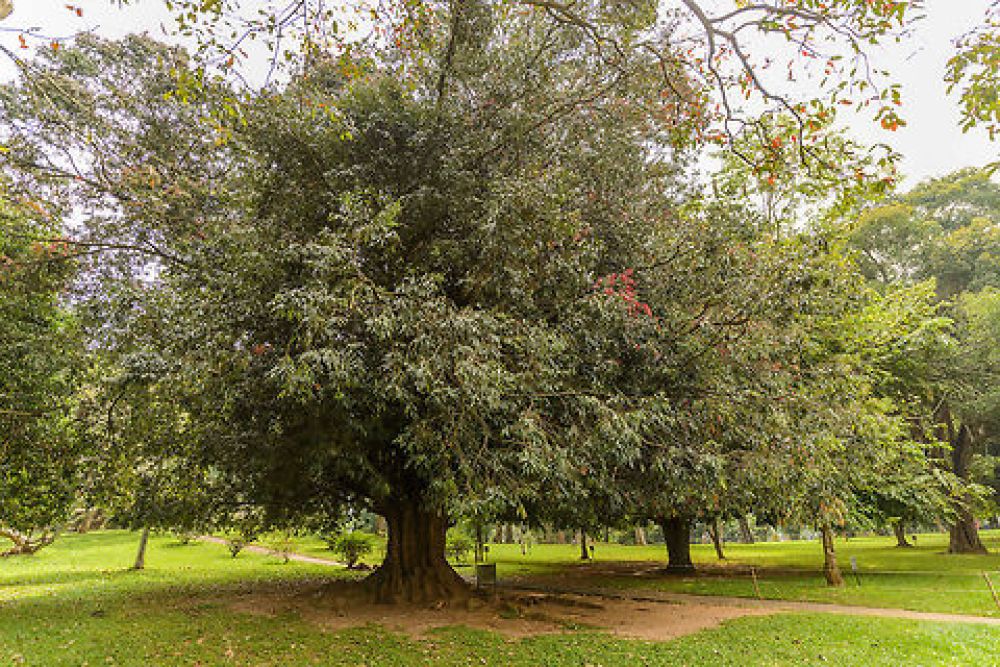

The Ironwood Forest in Dambulla, also known as the Namal Uyana, is an ancient garden dating back more than 1,500 years. It is renowned for its extensive grove of Ironwood trees (Mesua ferrea) and the pink quartz mountain range that is believed to be the largest in South Asia. The area's tourism history is relatively young; it was formally recognised as a national park and a unique forest reserve in the late 20th century.
The origins of the Ironwood Forest's role in tourism can be traced back to when it was designated as a conservatory for Buddhist monks during the reign of King Devanampiyatissa in the 10th century. Its rich biodiversity and historical significance have since become a magnet for local and international tourists, with development for tourism purposes gaining momentum after Sri Lanka ended its civil conflict in 2009.
Efforts to promote Ironwood Forest as a tourism destination have been balanced with the need for conservation. The site is home to more than 200 acres of Ironwood trees, as well as a wide variety of other flora and fauna. It has been cultivated as an eco-tourism venue to encourage preservation of its natural resources and cultural heritage.
In recent years, the development of better infrastructure, such as improved roads and the introduction of guided tours, has made Ironwood Forest more accessible to visitors seeking a spiritual or nature-centric escape. These efforts have been critical in ensuring sustainable tourism practices that contribute to the forest's longevity as a natural sanctuary.
Current tourism trends in Ironwood Forest focus heavily on eco-tourism and cultural experiences. Tourists are drawn to the tranquil atmosphere, the opportunity to reflect within a natural setting, and the chance to learn about the site's historical and cultural significance.
Adventure tourism also forms a part of the visitor experience. Hiking through the Ironwood Forest, exploring the pink quartz mountain, and wildlife watching are popular activities. The Ironwood Forest's traditional significance is highlighted with cultural performances and the chance to engage with local monks and learn about their way of life.
The integration of digital technology has also transformed the tourist experience. Virtual tours and augmented reality apps are being developed, allowing broader access to the forest's marvels. This trend aligns with global shifts in tourism toward immersive and interactive visitor experiences.
Ironwood Forest in Dambulla remains a testament to Sri Lanka's commitment to preserving its natural and cultural assets while adapting to the evolving needs of modern tourism. As more travelers seek out authentic and enriching experiences, Ironwood Forest stands as a prime example of sustainable and responsible tourism.